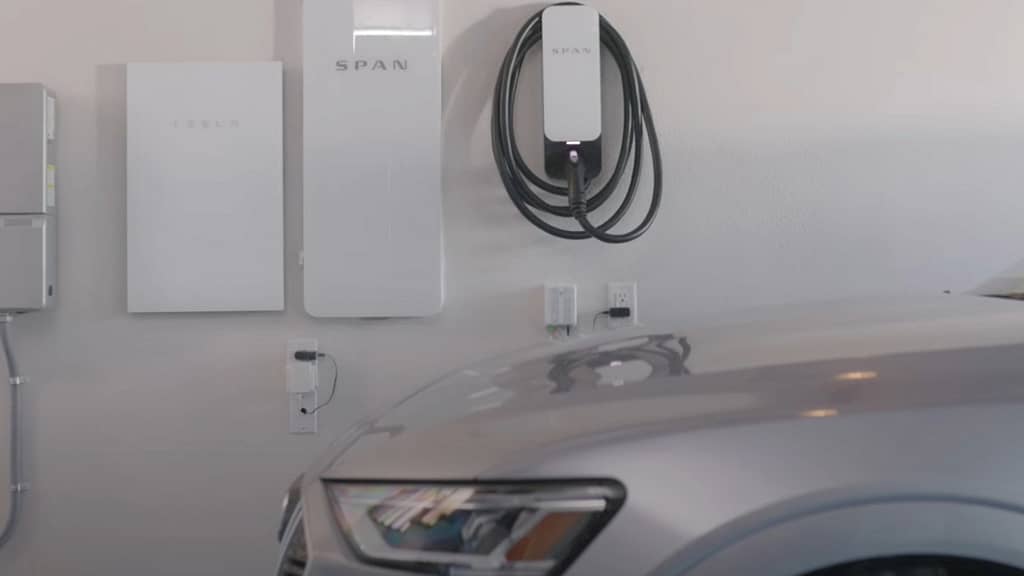
Plug in! Today, we’re powering up. Oil and gas, step aside! Embracing EV Charging involves a learning curve, but the time to adapt is now. Stay tuned as our team at Good Faith Energy stands ready to educate you. Whether you’re looking to install an EV Charger at home or for your commercial business, our licensed electricians are here to assist!
As an electric car enthusiast and owner myself, I’ve had the same questions you might be asking: How and where do I charge my car? Will I experience range anxiety? Why do EVs charge so slowly?
How and Where Do I Charge My EV?
Believe it or not, keeping your EV charged is easier than you think. Imagine arriving home to a clean, cost-effective “fuel pump” in your garage. Simply grab the charger, plug it in, and walk away. By morning, your car is fully charged—just like starting each day with a full tank of gas.
Will I Experience Range Anxiety?
Consider this: How often do you leave home with a full tank of gas and need to refuel during the day? Rarely, right? If you occasionally drive over 300 miles in a day, plug-in hybrids offer extra range and flexibility. You might feel range anxiety for the first week, but it quickly becomes a thing of the past.
Why Do EVs Charge So Slowly?
Charging speeds vary. A standard home charge from a 110v outlet (found almost everywhere) can be slow, known as Level 1 Charging. For most daily commutes, a Level 2 Charger or 240v outlet, which adds 25-50 miles of range per hour, is ideal. Level 3 Charging, like Tesla’s Supercharger Network, can recharge to 80% in under 30 minutes for longer trips.
EV Charging Made Easy
Electricity is reshaping how we refuel. The days of gas stations and internal combustion engines are numbered. The EV revolution is here to stay, and Good Faith Energy is your partner for residential and commercial EV Charger installations. Have questions or need a Level 2 or Level 3 Charger? Contact us to speak with one of our EV Charging experts.
Fact checked by Jacob Petrosky – 4/25/2024